Japanese glass artist Baku Takahashi teams up with Trueing to create colourful lamp designs
Switched-on lighting and uplifting objects from New York studio Trueing and Japanese glass artist Baku Takahashi
Lauren Coleman - Photography
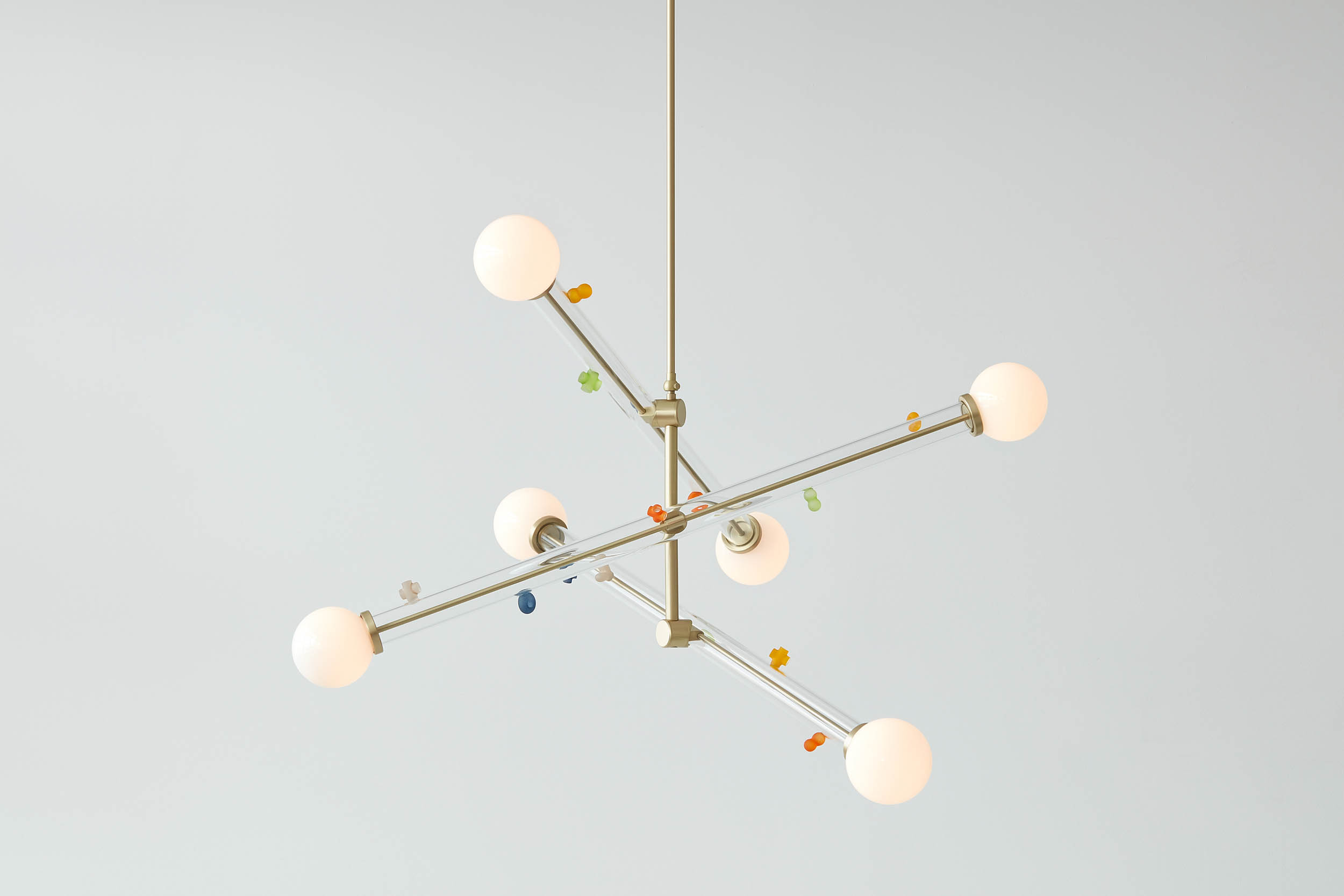
When the founders of the New York lighting studio Trueing visited Japan back in 2016, they stumbled upon an unexpected source of inspiration, spotting and falling for the sculptures of the glass artist Baku Takahashi. However, language barriers prevented Joshua Metersky and Aidan Bowman from uncovering Takahashi’s identity then and there. It was only back in the United States (and after a couple months of Instagram and internet research) that they managed to locate Takahashi. When they planned their next trip to Japan a couple of years later, they decided to get in touch.
‘We decided to reach out ahead of time, over a cold email, to see if Baku might be interested in discussing some kind of collaboration,’ Bowman recalls. ‘He responded positively and we made plans to visit him in Munakata, which is just a bit north of Fukuoka on Kyushu in southern Japan. Everything coalesced from there. We traded prototypes back and forth, discussed technical details and produced test pieces to make sure our concept would work.’

A detail of the playful glass shapes created by Takahashi for his collaboration with Trueing Studio
Following a year and a half of long-distance collaboration, ‘Howdy, Neighbor' is a new collection of lighting and objects that showcases the talents of both parties. An exploration into the many capabilities of glass, yet composed with a sense of humour and intimacy that subverts the medium, the collection is a humanistic array of editioned pieces, ranging from chandeliers to pendants and vases, that exude a bright and playful optimism – ideal for these times.
Colour plays a strong role in the collection, with both sides being highly specific with their choices. Metersky says, ‘Colour really links our two practices, and our reference points – while culturally different – are rooted in the same stylistic notions. Baku often cites manga culture (specifically Dragon Ball) and nature as sources of early inspiration. And I would say ours come out of similar or concurrent cultural waves, shaped by our own experiences. It’s not uncommon that we’d reference something like the bright, acidic hues of the early iMac, or the palette of vintage glass from the 1930s. So while we don’t share a language, there is this common desire to utilise colour vis-a-vis glass to tell a story and delight the viewer.’
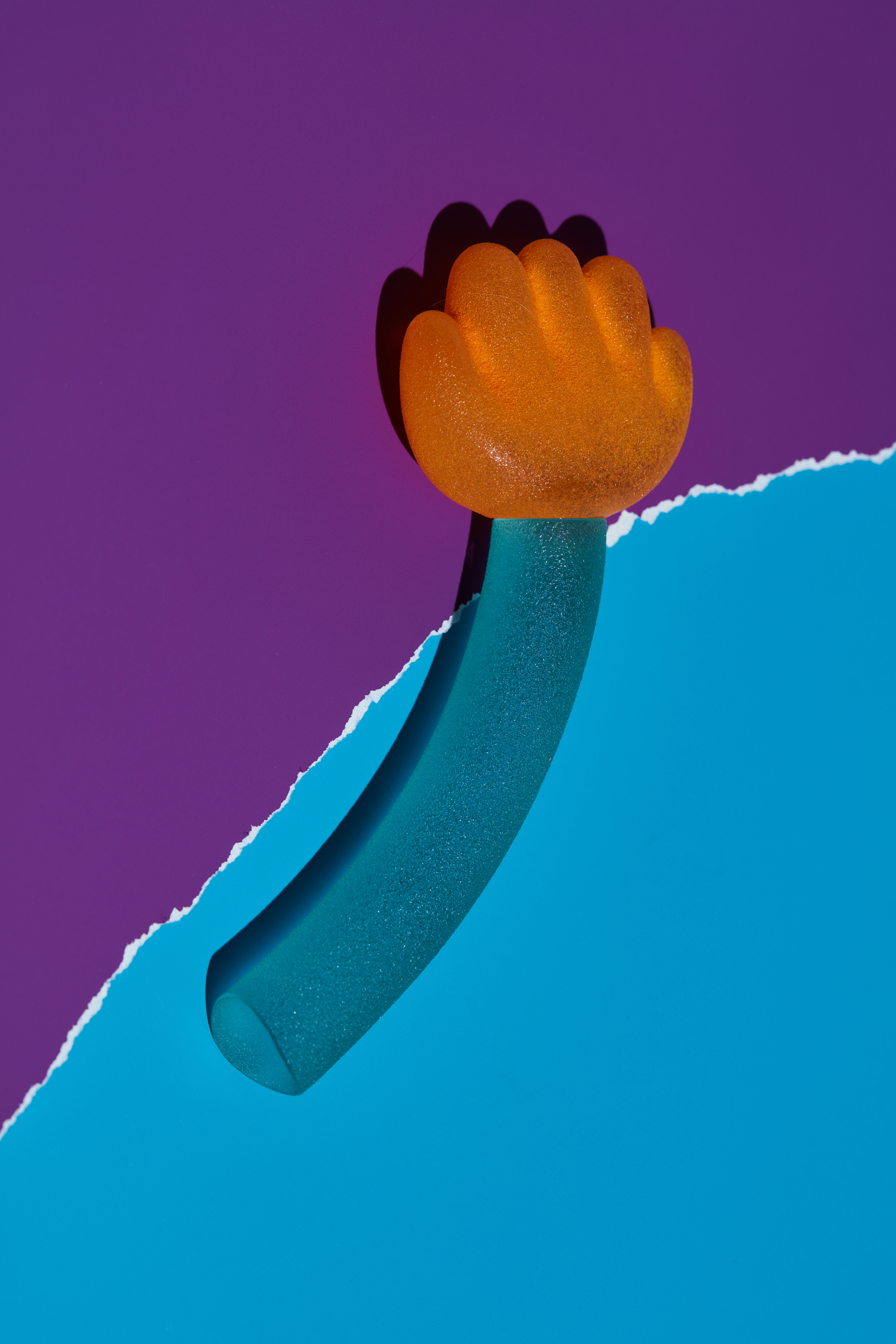
The glass details created by Takahashi for the ’Howdy’ floor lamp
Takahashi’s tactile, exquisitely proportioned forms are fused onto Trueing’s signature designs to bring out a new character from within. Takahashi fabricated his sculptures in his Munakata workshop, before shipping them to Trueing Studio in Long Island City in Queens, where the pieces were completed. United in the goal to create what Takahashi describes as something that is ‘fresh’ and previously unseen, the joint effort is as much about duality as it celebrates commonality.
‘Even though we both practise in glass, Baku's sculptures are rooted in the tradition of glass art, with clear evidence of the artist's tools and craft latent in the works,’ says Metersky. ‘Trueing's pieces originate from technical glasswork – adjacent, but different – and appear very perfect without giving up any indication of how they were made. However, the meeting point lies in the details. Glass is an incredibly technical medium and as Howdy, Neighbor came to life, it was clear that melding the works as a visual portmanteau would honour each of our backgrounds.’
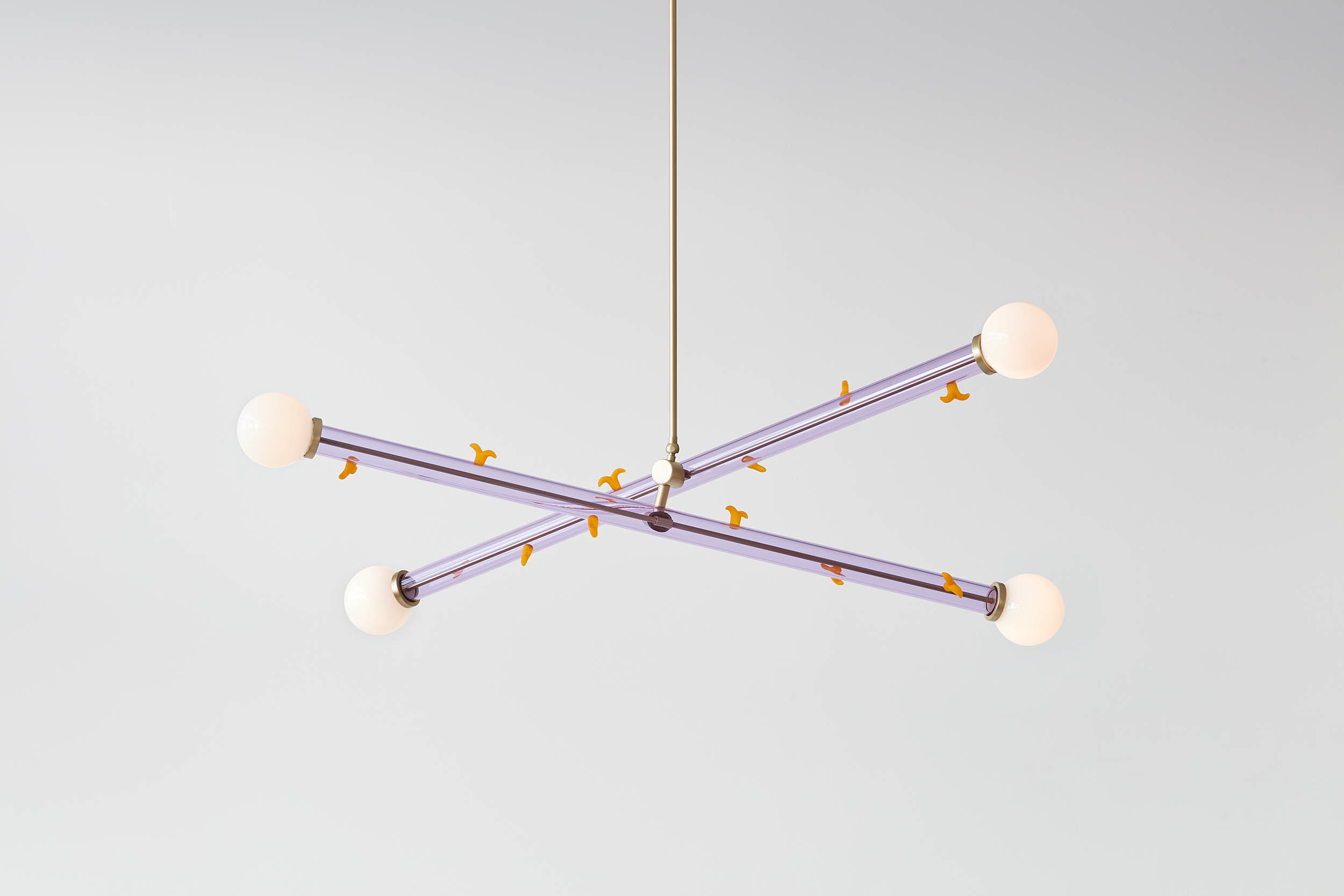
The ‘Hare’ chandelier, part of the lighting collection by Baku Takahashi and Trueing Studio. Featuring a composition of brass with sculpted, lathed and blown glass, the piece is a study in colour and form inspired by Japanese manga culture and natural shapes. The glass sculptures, the designers explain, ‘resemble stylised rabbit ears, ready to hop off into the distance’
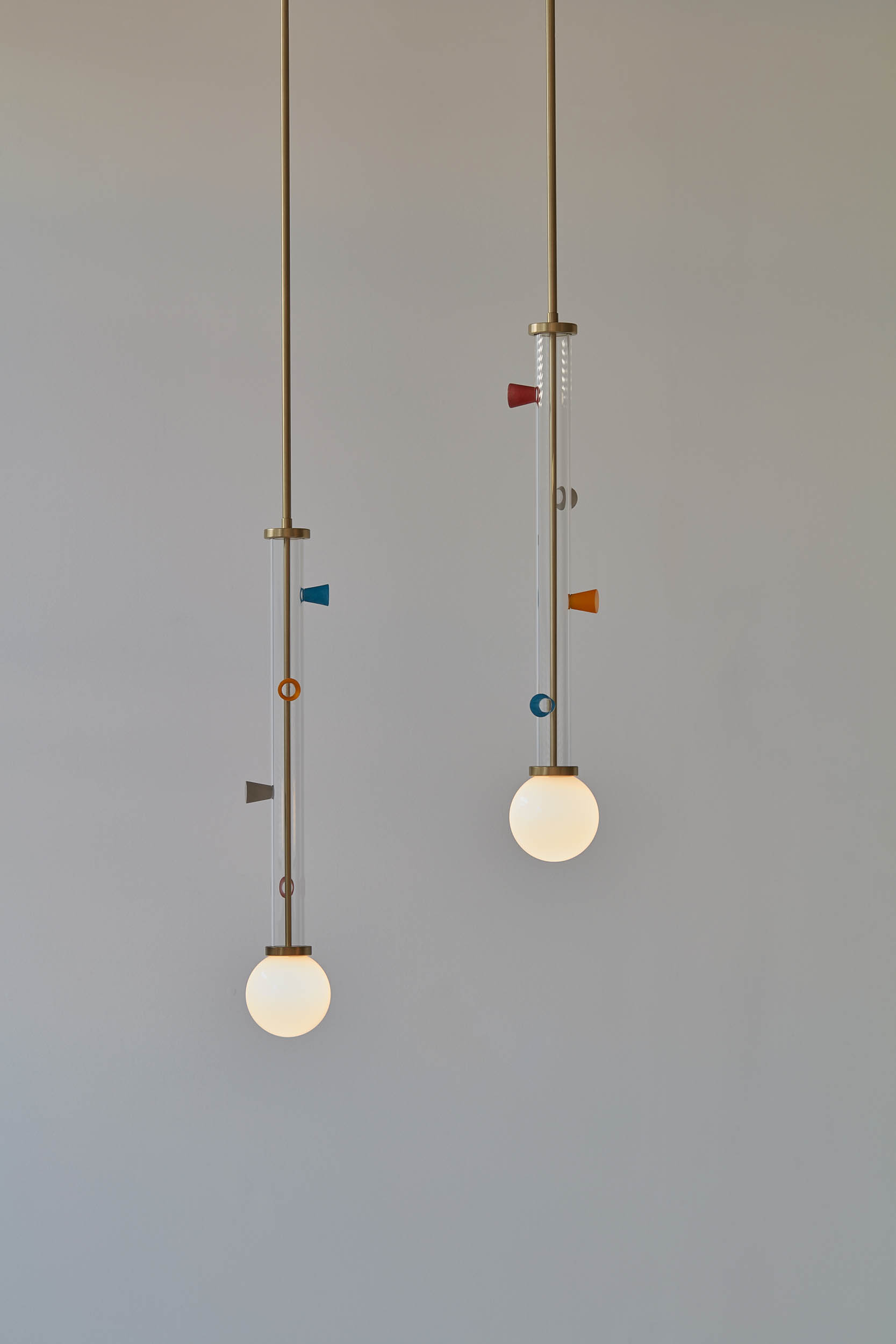
Titled ‘Looking Glass’, this pair of hanging lamps are defined by the contrast between clear glass and rough textures
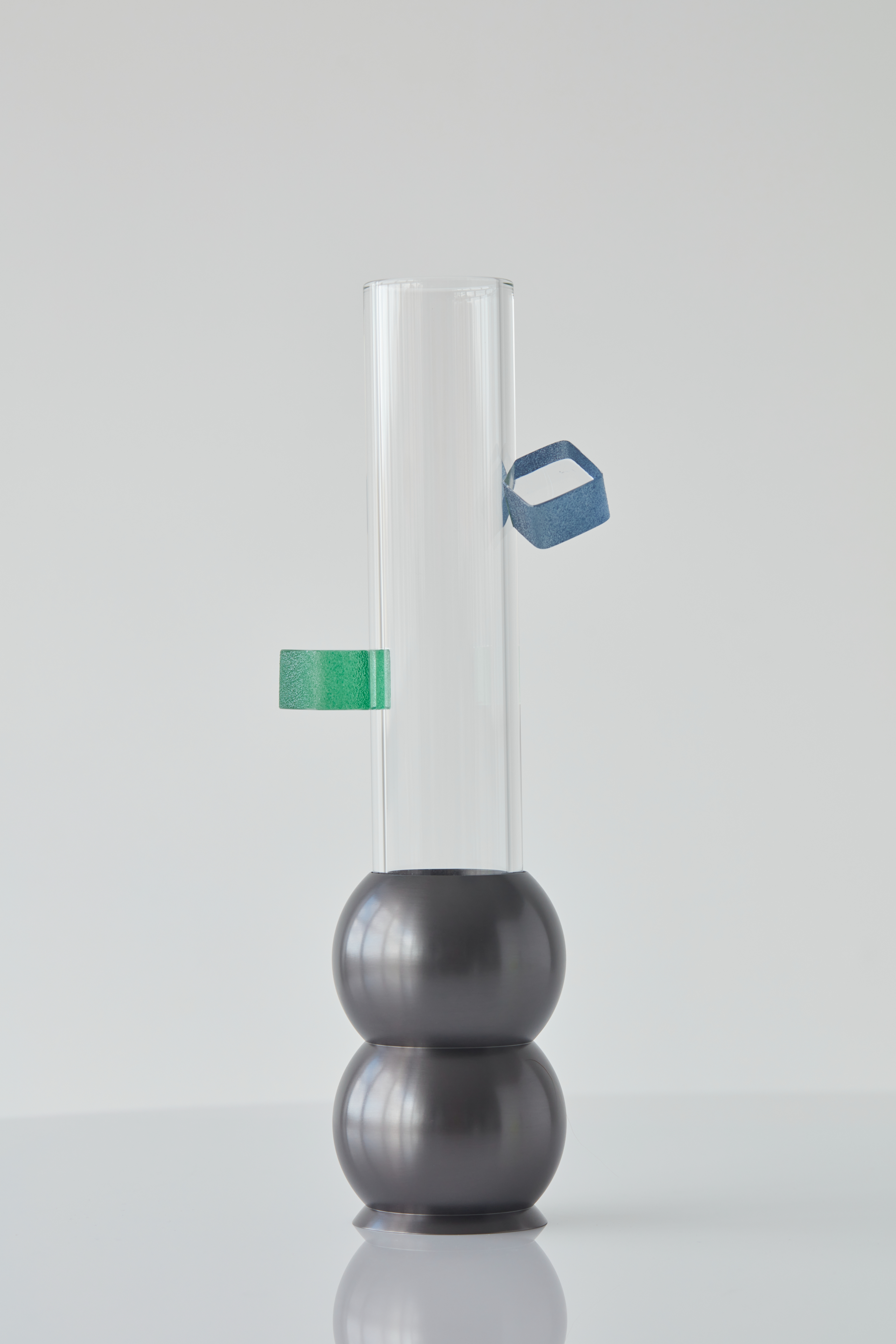
The collection also includes a series of sculptural vases, featuring glass and brass shapes. Each vase, the designers note, ‘is an expression of the precise, yet joyful aesthetic shared between Trueing and Takahashi – forms and colours melding to create succinct motifs on a theme’
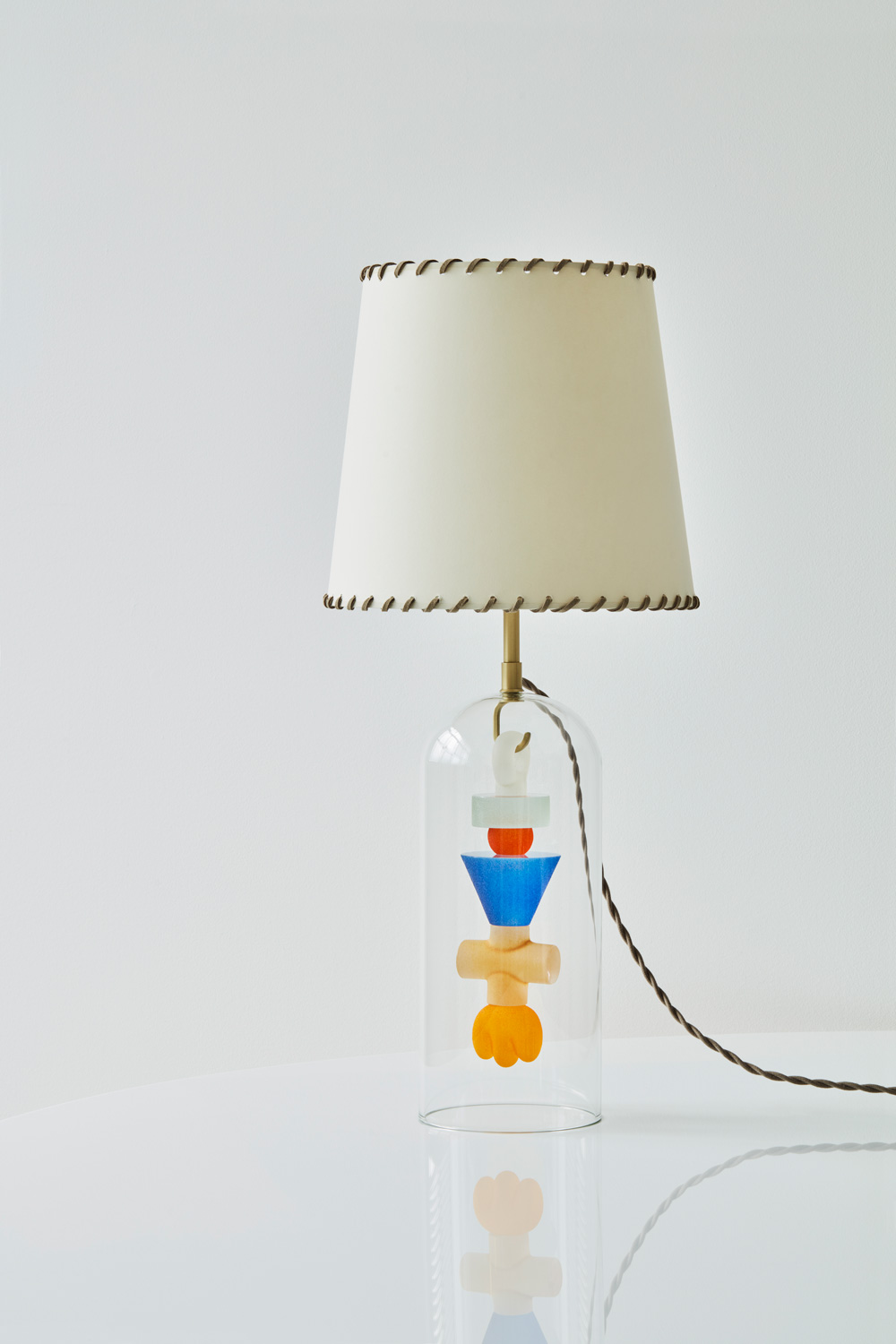
The playful ‘Totem’ table Lamp (available in an edition of two), features a composition of colourful forms typical of Takahashi's work
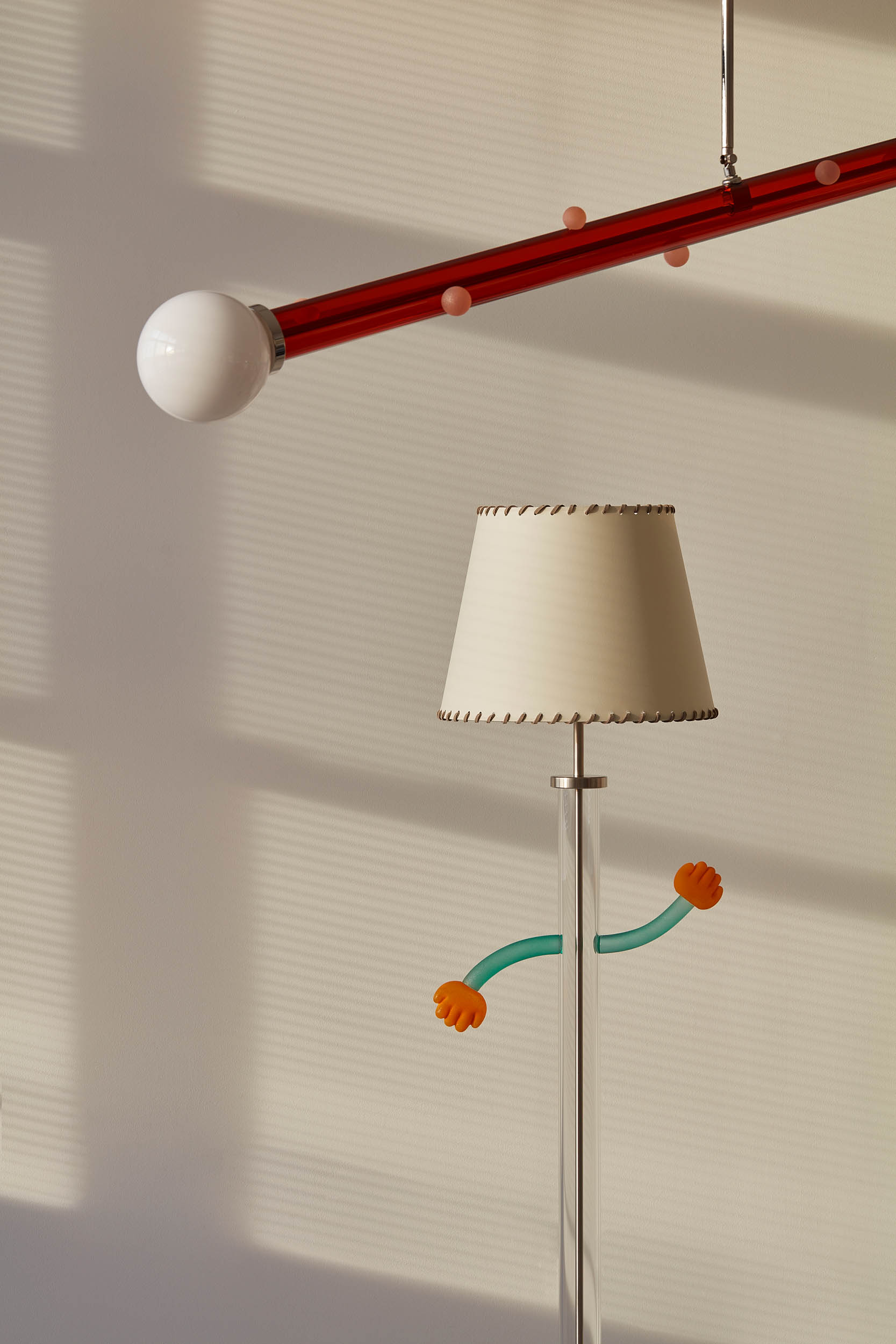
‘Howdy’ floor lamp (bottom) and ‘Puff’ chandelier, both unique pieces from the lighting collection by Baku Takahashi and Trueing Studio
INFORMATION
Receive our daily digest of inspiration, escapism and design stories from around the world direct to your inbox.
Pei-Ru Keh is a former US Editor at Wallpaper*. Born and raised in Singapore, she has been a New Yorker since 2013. Pei-Ru held various titles at Wallpaper* between 2007 and 2023. She reports on design, tech, art, architecture, fashion, beauty and lifestyle happenings in the United States, both in print and digitally. Pei-Ru took a key role in championing diversity and representation within Wallpaper's content pillars, actively seeking out stories that reflect a wide range of perspectives. She lives in Brooklyn with her husband and two children, and is currently learning how to drive.
-
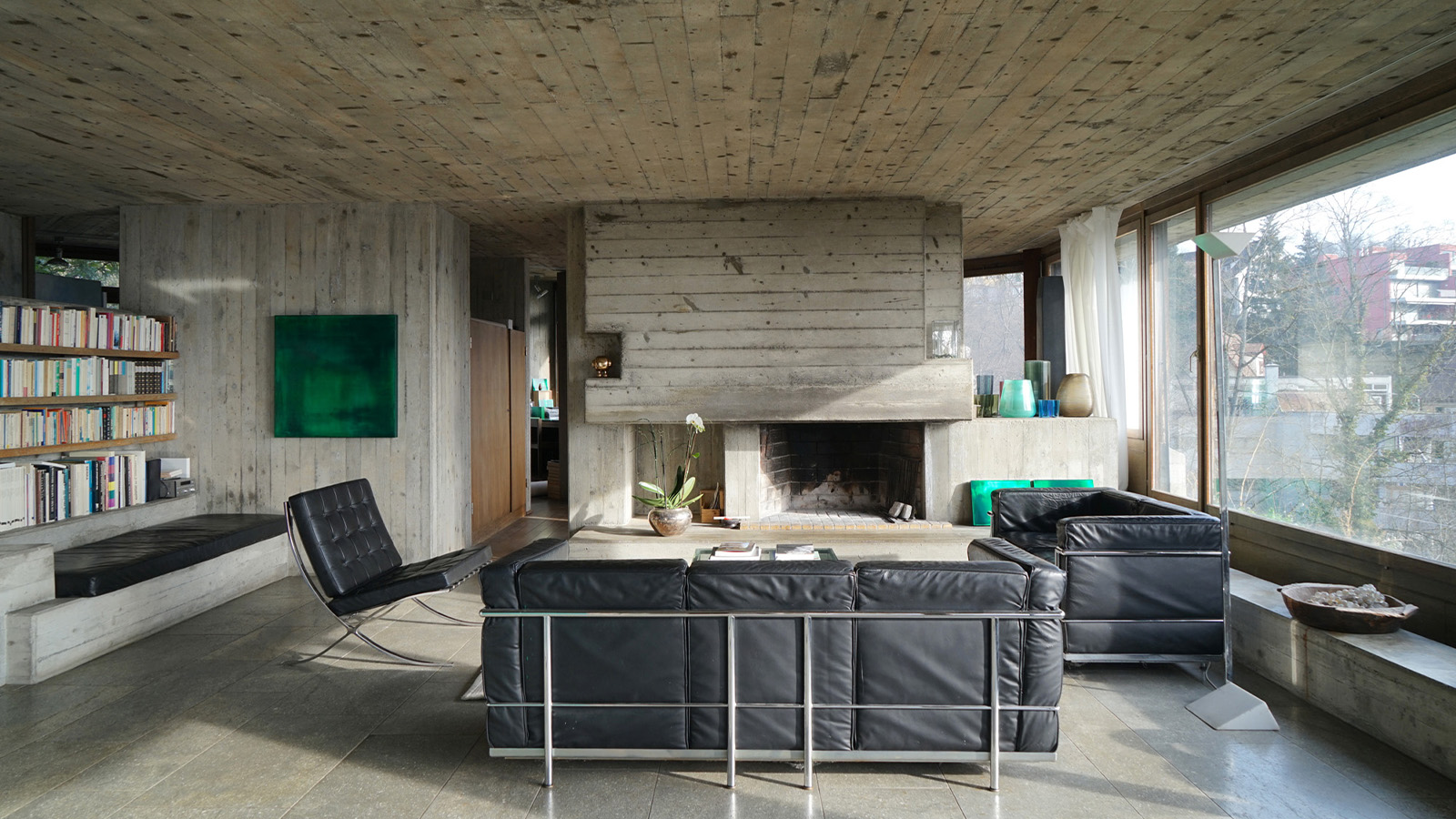 Inside architect Andrés Liesch's modernist home, influenced by Frank Lloyd Wright
Inside architect Andrés Liesch's modernist home, influenced by Frank Lloyd WrightAndrés Liesch's fascination with an American modernist master played a crucial role in the development of the little-known Swiss architect's geometrically sophisticated portfolio
-
 Volvo’s quest for safety has resulted in this new, ultra-legible in-car typeface, Volvo Centum
Volvo’s quest for safety has resulted in this new, ultra-legible in-car typeface, Volvo CentumDalton Maag designs a new sans serif typeface for the Swedish carmaker, Volvo Centum, building on the brand’s strong safety ethos
-
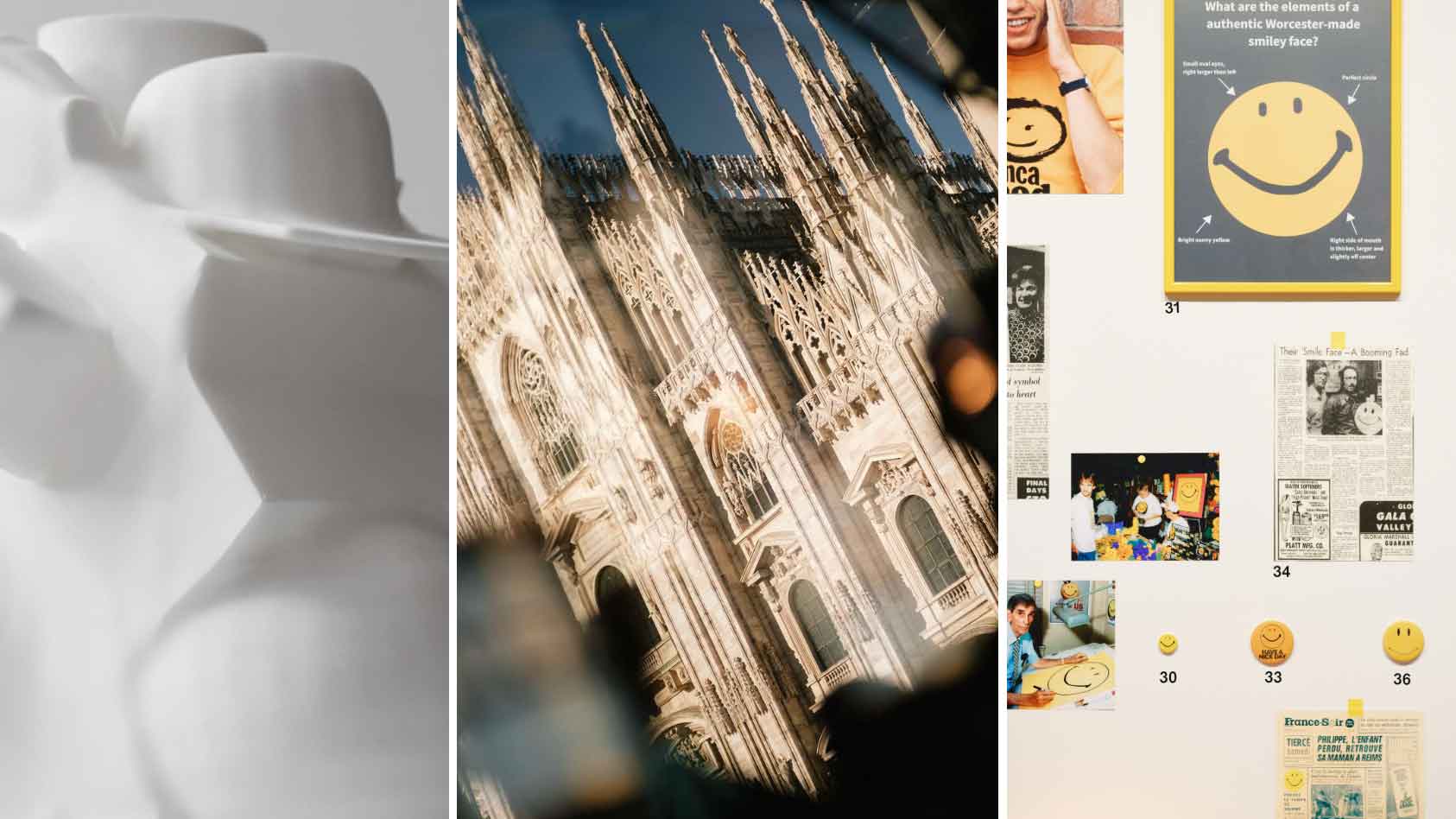 We asked six creative leaders to tell us their design predictions for the year ahead
We asked six creative leaders to tell us their design predictions for the year aheadWhat will be the trends shaping the design world in 2026? Six creative leaders share their creative predictions for next year, alongside some wise advice: be present, connect, embrace AI
-
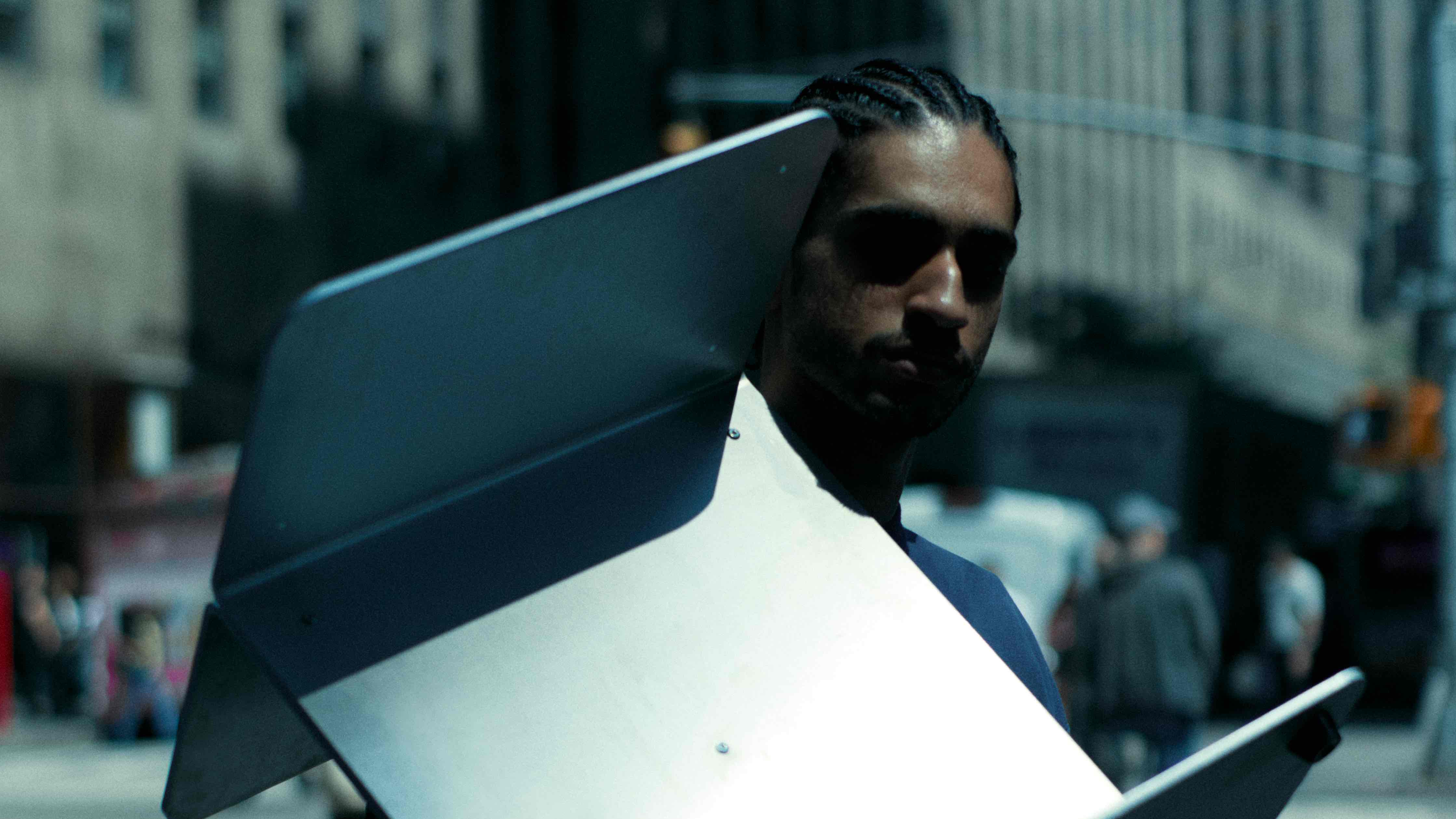 Meet Goodesign, the modular furniture studio with big dreams
Meet Goodesign, the modular furniture studio with big dreamsWallpaper* speaks to Emmanuel Popoteur, the self-taught designer behind New York’s Goodesign, a studio creating intuitive, adaptable furniture for modern living
-
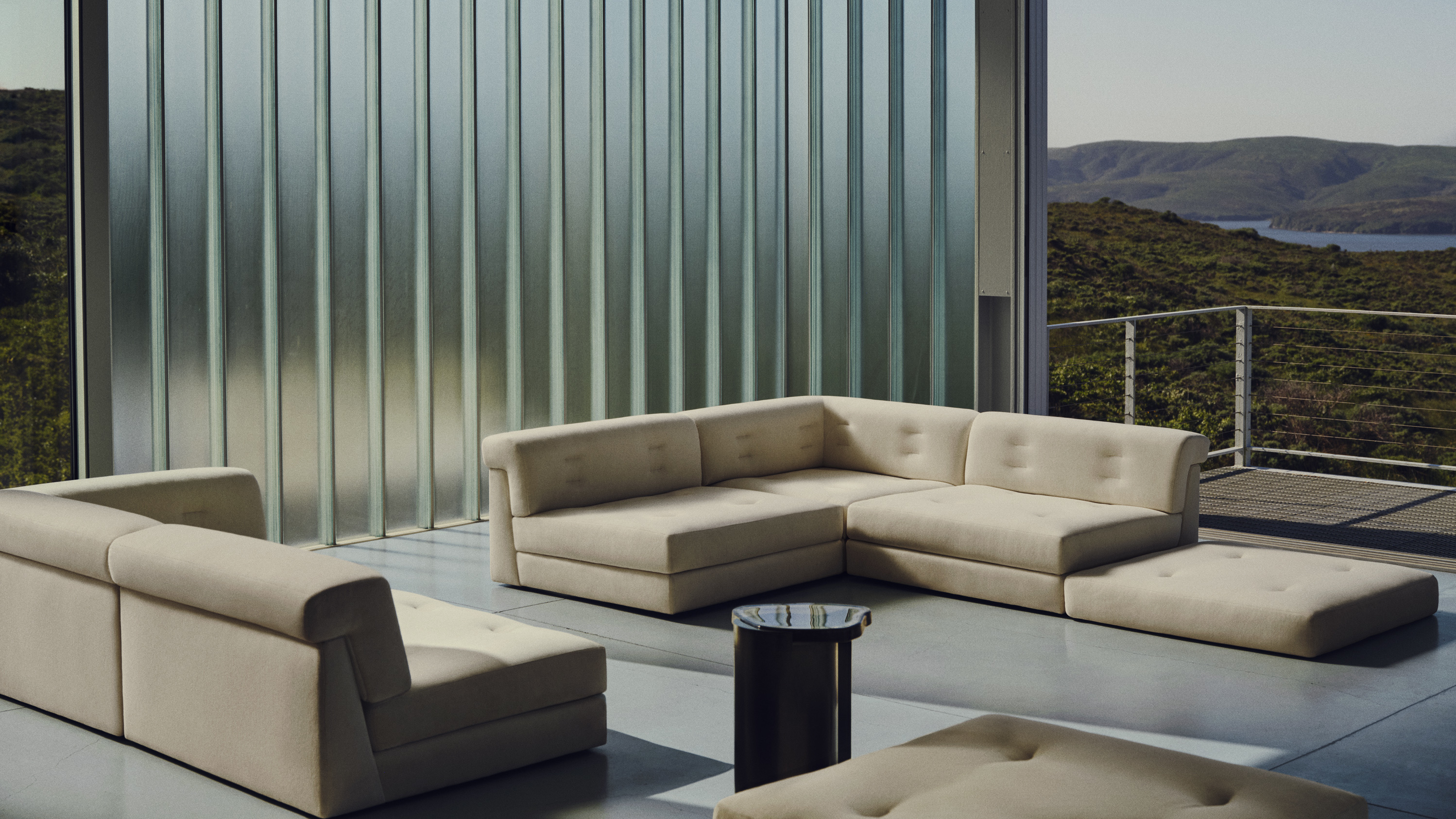 New furniture from Maiden Home elevates elemental materials through unique design
New furniture from Maiden Home elevates elemental materials through unique designFinely crafted and exquisitely formed, the New York furniture brand’s latest designs find their perfect showcase at a modernist Californian home
-
 Wallpaper* USA 400: The people shaping Creative America in 2025
Wallpaper* USA 400: The people shaping Creative America in 2025Our annual look at the talents defining the country’s creative landscape right now
-
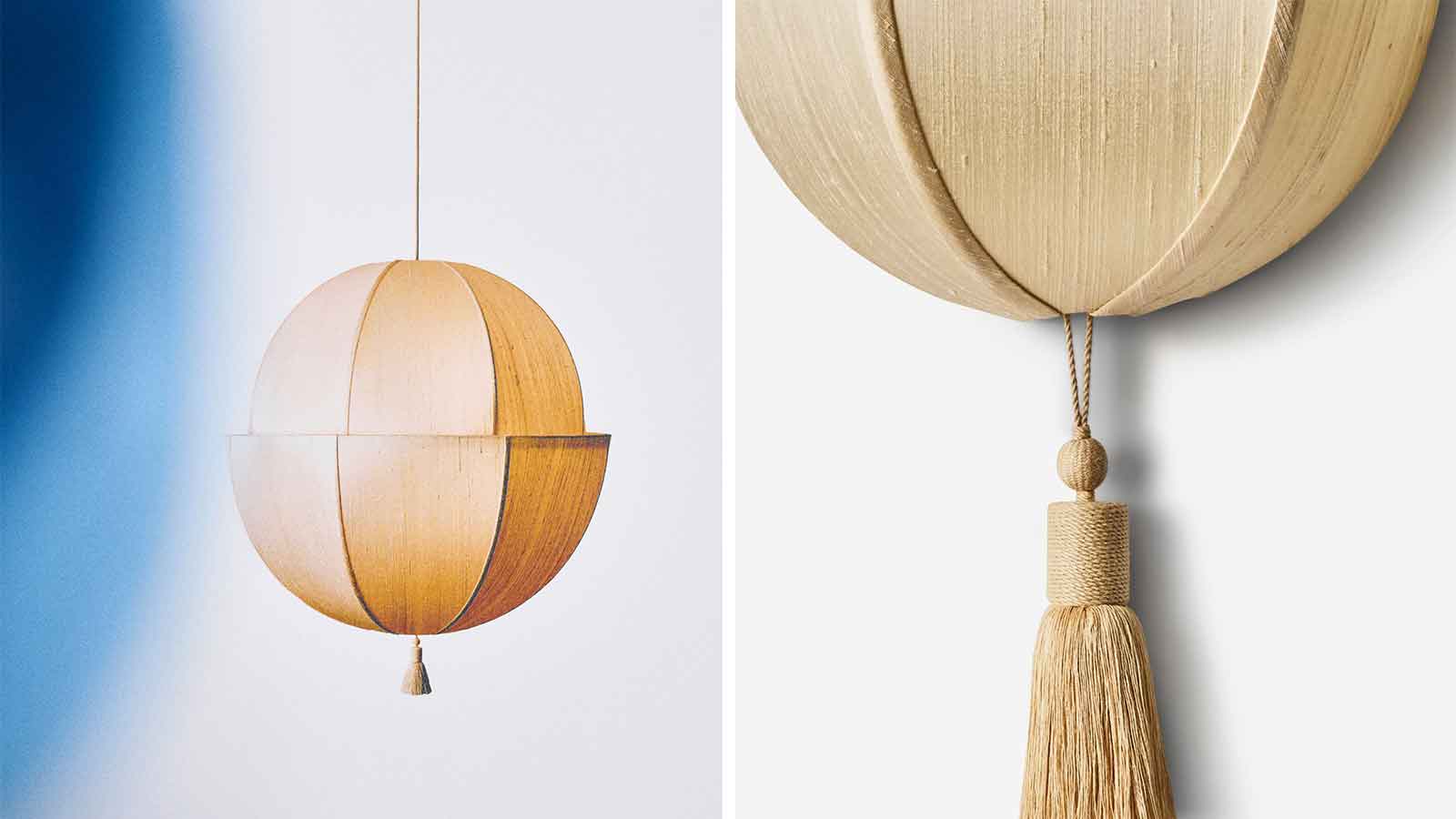 Workstead's lanterns combine the richness of silk with a warm glow
Workstead's lanterns combine the richness of silk with a warm glowAn otherworldly lamp collection, the Lantern series by Workstead features raw silk shades and nostalgic silhouettes in three designs
-
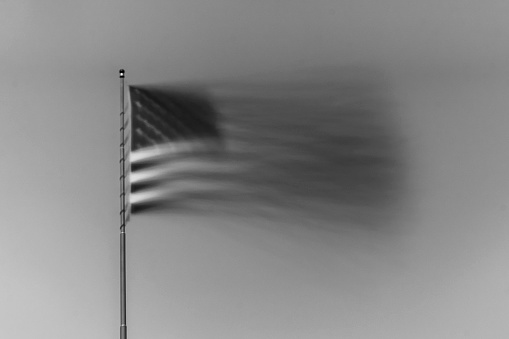 Can creativity survive in the United States?
Can creativity survive in the United States?We asked three design powerhouses to weigh in on this political moment
-
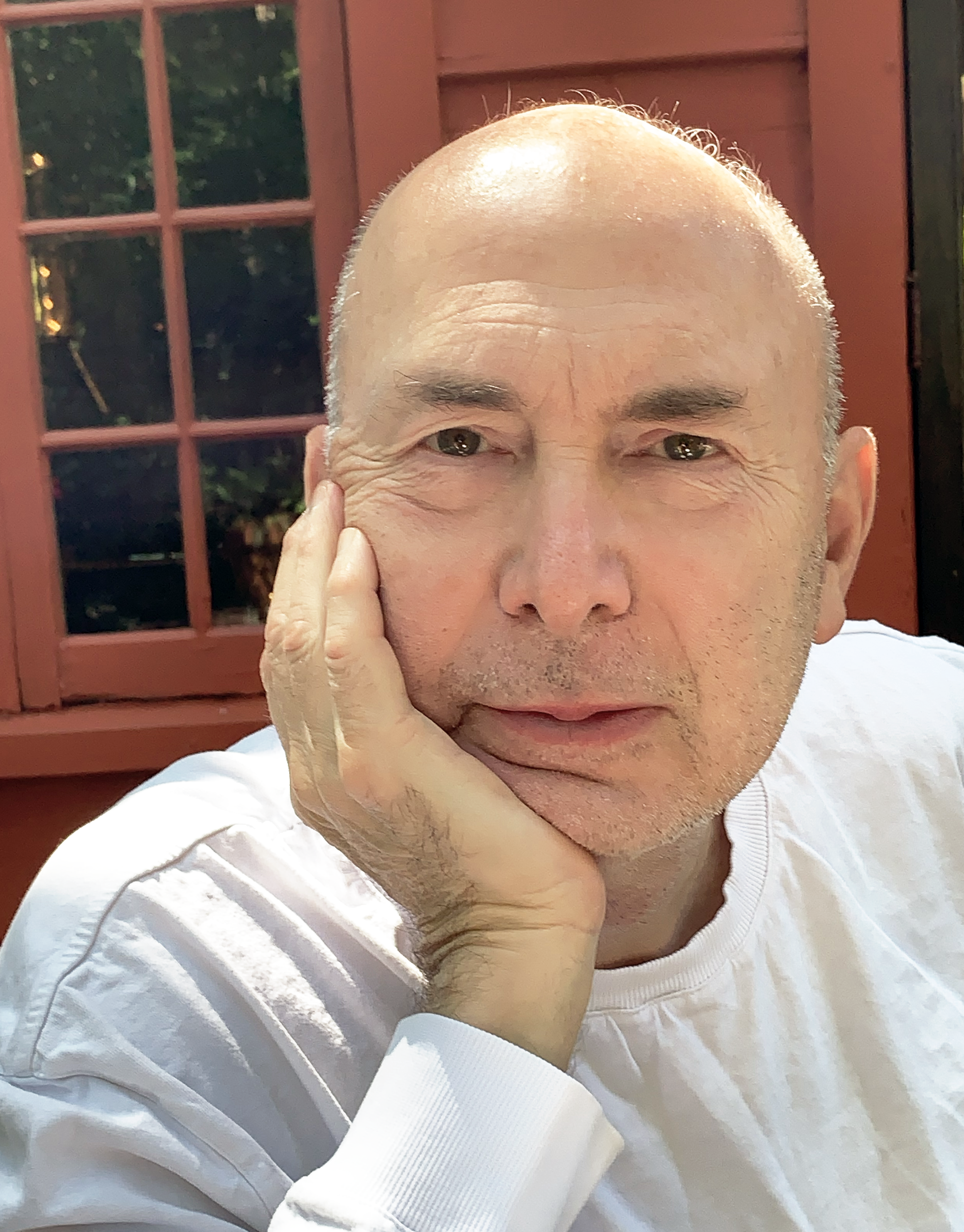 Murray Moss: 'We must stop the erosion of our 250-year-old American culture'
Murray Moss: 'We must stop the erosion of our 250-year-old American culture'Murray Moss, the founder of design gallery Moss and consultancy Moss Bureau, warns of cultural trauma in an authoritarian state
-
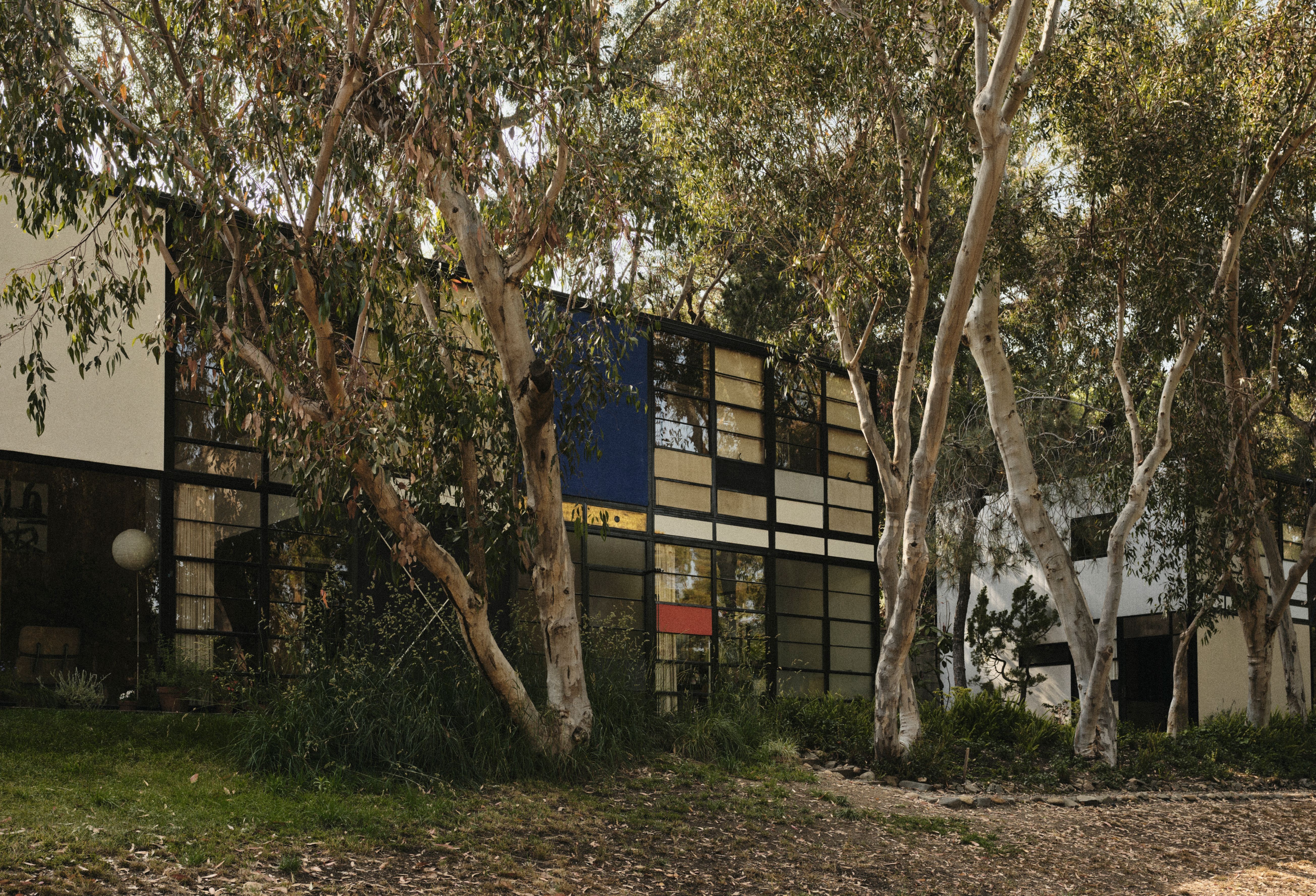 ‘You can feel their presence’: step inside the Eameses’ Pacific Palisades residence
‘You can feel their presence’: step inside the Eameses’ Pacific Palisades residenceCharles and Ray Eames’ descendants are exploring new ways to preserve the designers’ legacy, as the couple’s masterpiece Pacific Palisades residence reopens following the recent LA fires
-
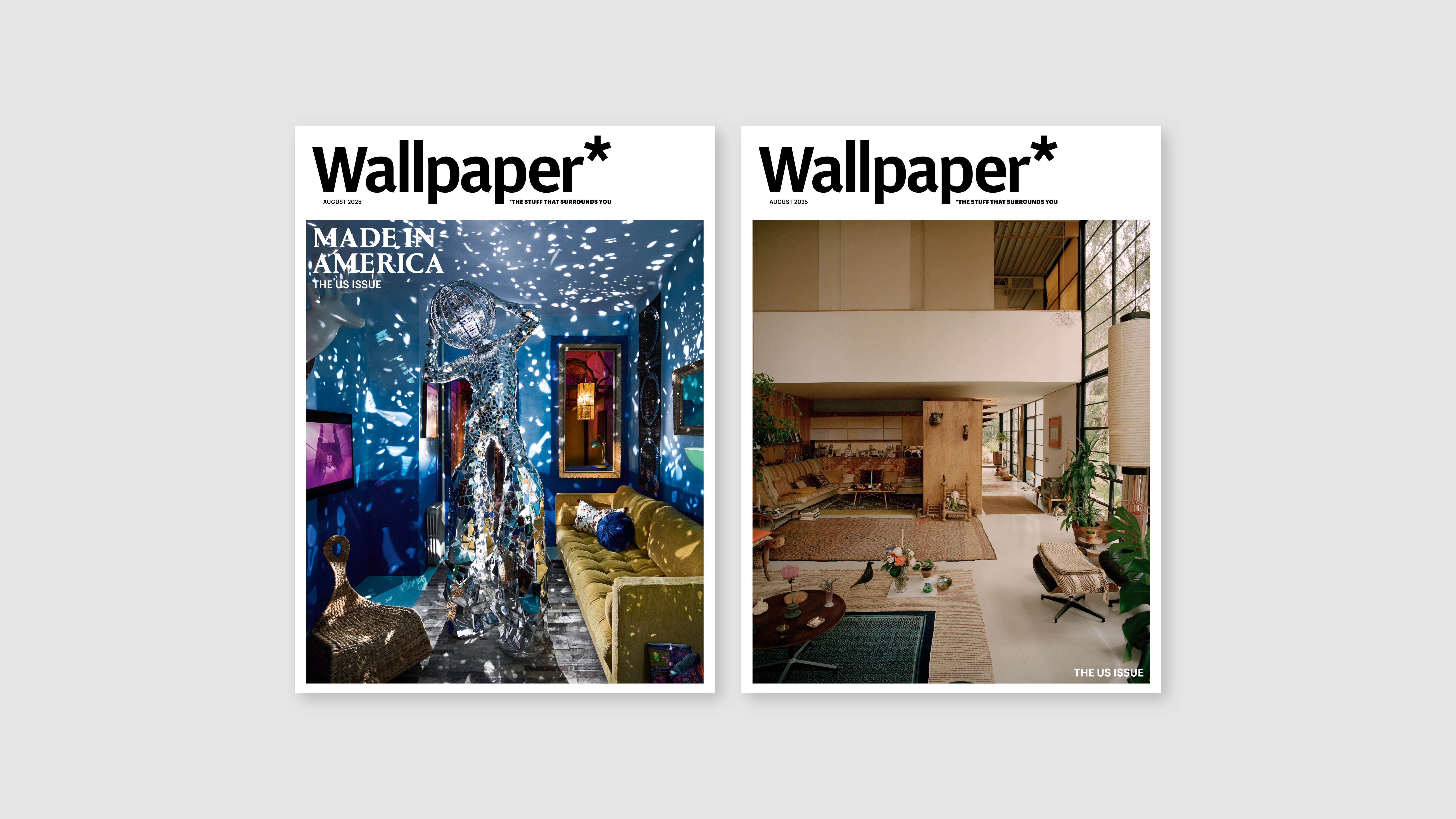 2025’s Wallpaper* US issue is on sale now, celebrating creative spirit in turbulent times
2025’s Wallpaper* US issue is on sale now, celebrating creative spirit in turbulent timesFrom a glitterball stilt suit to the Eames House, contemporary design to a century-old cocktail glass – the August 2025 US issue of Wallpaper* honours creativity that shines and endures. On newsstands now